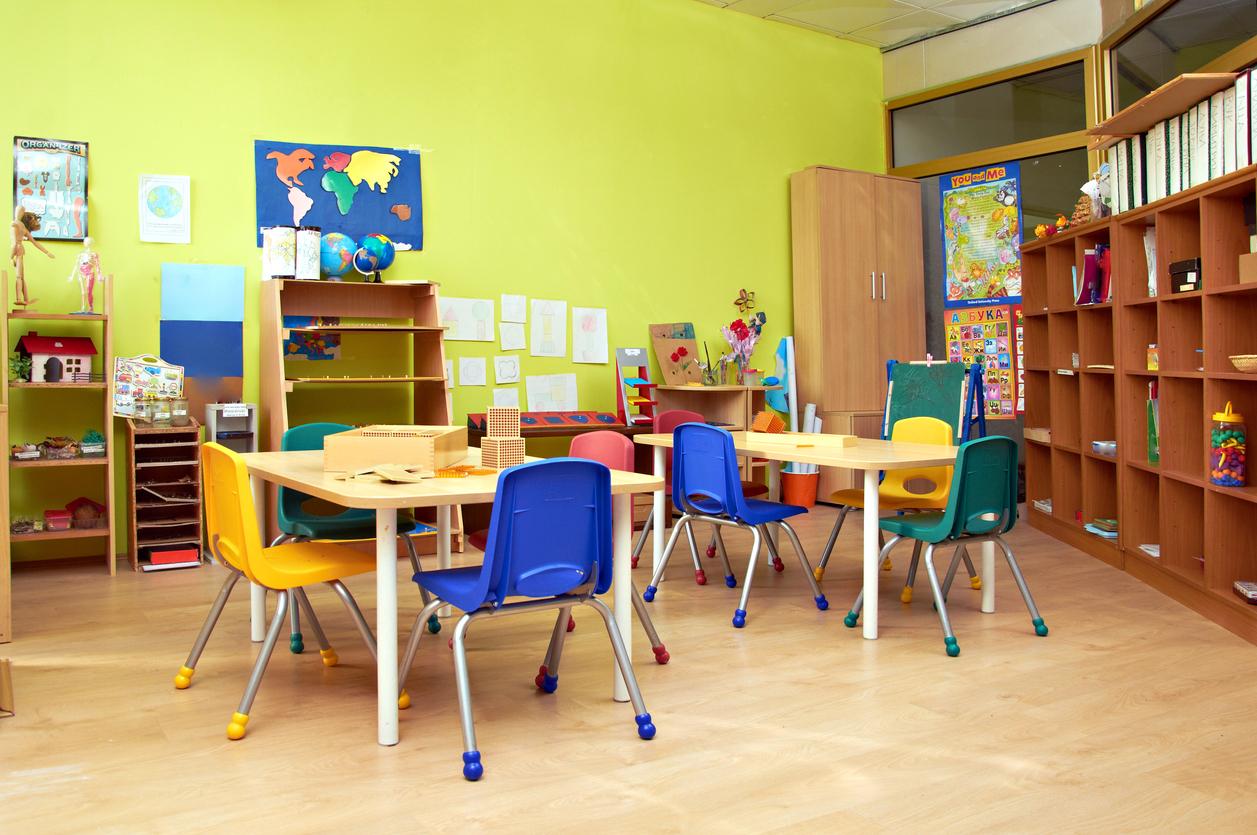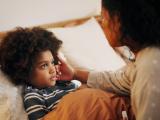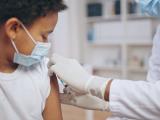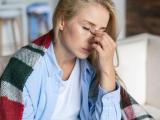A study today led by researchers at the University of Pittsburgh School of Medicine published in JAMA Network Open shows that US childcare centers have not been significant sites of COVID-19 transmission, and the authors suggest that children with COVID-19 in these centers be treated like others with similar non-COVID respiratory illnesses.
"No one wants to give up on controlling SARS-CoV-2 spread, but focusing on testing and long exclusion periods for children in child care centers appears to be unnecessary, while subjecting families to the expense of frequent testing, absence from work and lost wages, and loss of education and socialization for children," said lead author Timothy Shope, MD, MPH, a professor at Pitt's School of Medicine, in a university press release on the study.
Transmission rates around 2% to 3%
Before COVID-19, children with respiratory illnesses, including influenza and respiratory syncytial virus (RSV), were recommended to stay home from school or childcare while sick and return when fever had been resolved for 24 hours.
Currently, the Centers for Disease Control and Prevention (CDC) recommends all children with respiratory symptoms be tested for COVID-19, and if positive stay home for a minimum of 5 days.
But in today's study, which included 83 children in 11 care centers, COVID-19 transmission rates within centers hovered around 2% to 3%.
The prospective surveillance study was conducted from April 22, 2021, through March 31, 2022, at 5 childcare centers in Pittsburgh and 6 in Ann Arbor, Michigan. During the study period, COVID-19 vaccines were available for use in adults but not children under the age of 5.
Household attack rate much higher
A total of 83 children and their household contacts (118 adults and 16 children) and childcare providers (21 adults) were included in the study, which included weekly COVID-19 testing. There were 154 student cases (13%) and 87 worker cases (22%), as defined by positive SARS-CoV-2 polymerase chain reaction or home antigen results.
Our findings support relaxing SARS-CoV-2 testing and exclusion recommendations for mildly symptomatic or exposed children.
The highest incidence of cases took place during the Omicron wave, following winter break, the authors said. The incidence rates per 10,000 person-days were 8.1 for all childcare providers and 5.0 for all students, 10.3 for combined adult and child household contacts, and 6.1 for all participants.
Students were more likely than workers to have asymptomatic infections (34% vs 8%) detected during weekly testing. The household secondary attack rates were 50% for children and 67% for adults.
"Of 30 household cases, only 5 (17%) represented secondary infections caused by 3 students who acquired SARS-CoV-2 from their CCC [childcare center]," the authors said.
The high attack rate in households was likely due to prolonged exposure time to symptomatic persons, the authors wrote. Most childcare center cases, however, were isolated cases without linked transmission chains.
"Our findings support relaxing SARS-CoV-2 testing and exclusion recommendations for mildly symptomatic or exposed children," the authors concluded.



















